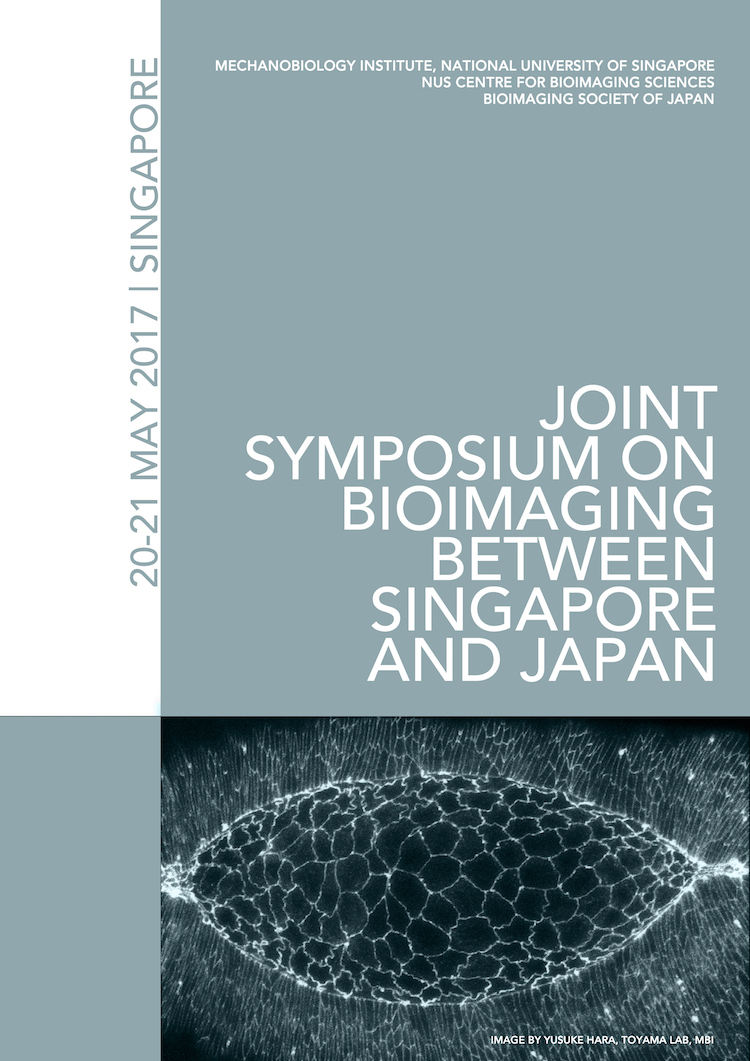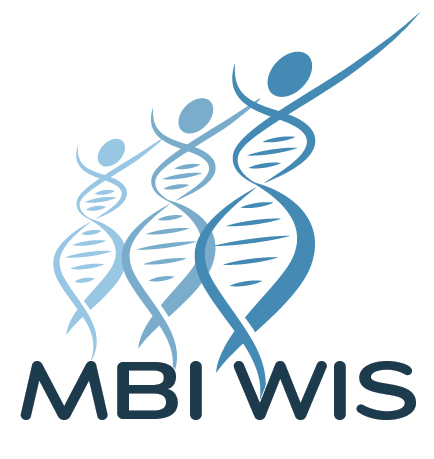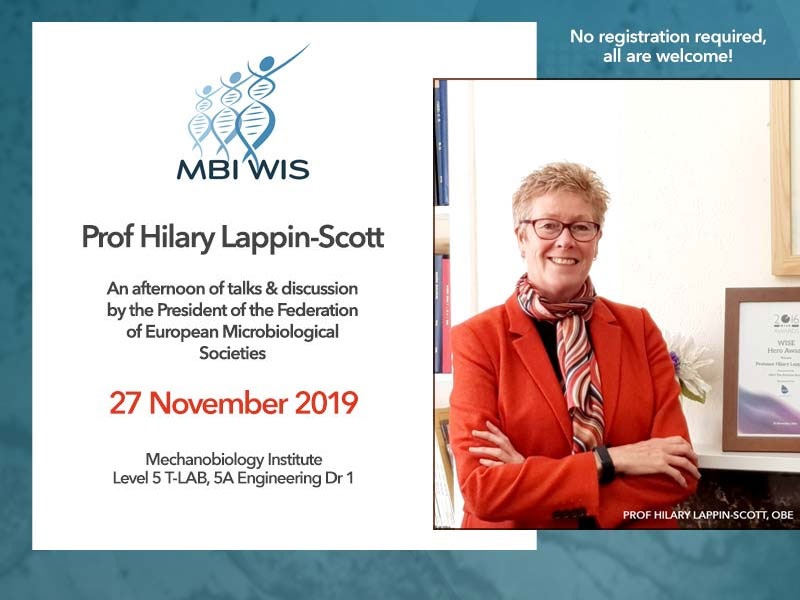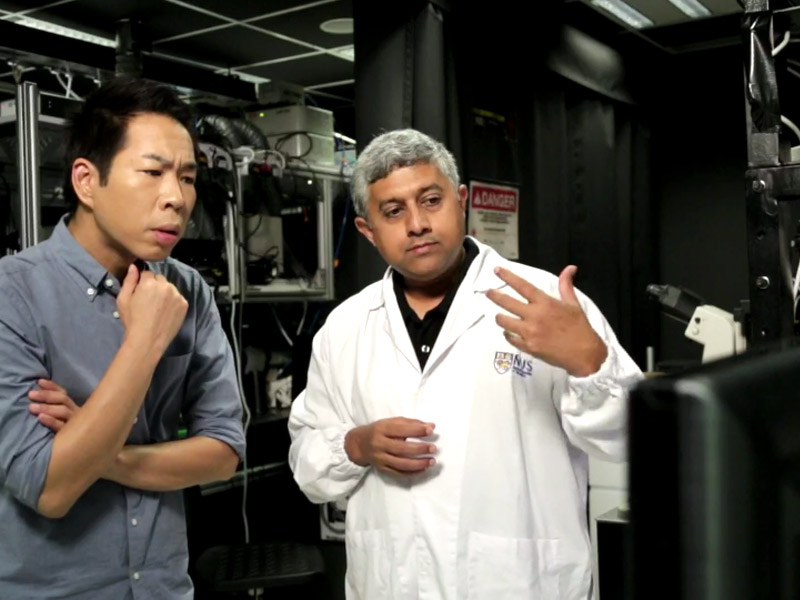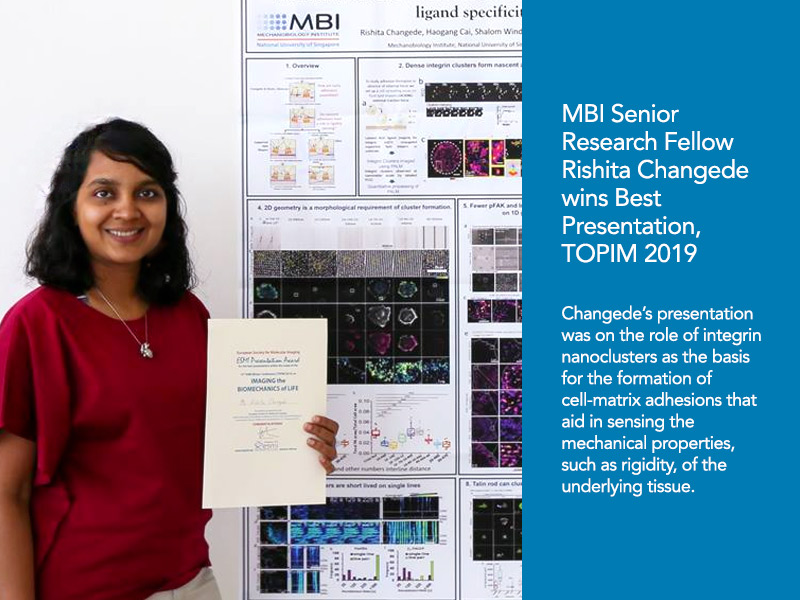Women in Science Special Segment Explores Gender Equality in STEM
Rishita Changede, Senior Research Fellow | may 2017
The 2017 Joint Symposium on Bioimaging between Singapore and Japan was organized jointly by the NUS Centre for Bioimaging Sciences, Mechanobiology Institute, National University of Singapore, and the Japan Bioimaging Society. It was held the campus of the National University of Singapore on the 20-21st May 2017. As part of the Symposium, a “Women in Science” Symposium was co-organized by Linda Kenney, Naoko Iida-Tanaka, and Kahoko Hashimoto. More information about the symposium.

Joint Symposium on Bioimaging attendees on the NUS campus.
Special Women in Science segment of the Joint Symposium
The Joint Symposium on Bioimaging between Singapore and Japan had an interesting segment on women in science, featuring women, their stellar science and their unique solutions to problems of a scientific career that has a prolonged starting phase clashing with other potential interests, primarily raising a family.
Reina Ikaga and Tomoko Masaike from Japan
Two scientists from Japan were Reina Ikaga and Tomoko Masaike. The first speaker, Reina Ikaga, completed her PhD from a university dedicated for women, Ochanomizu Women’s University. The university had interesting policies to promote women in scientific careers such as re-entry Postdoctoral fellowships after childcare. Her talk outlined the role of Aquaporin 8 in mitochondria.
The talk given by Masaike was a ‘tour de force’ effort to understand when Pi is released by the enzyme ATPase, during the hydrolysis of ATP. As we know ATP is the power house of the cell which stores energy in the third phosphate bond. By tagging the gamma subunit of ATP they could measure the rotation of the ATPase and also now begin to measure the release of ATP during the ATPase cycle. For this they have designed microwells in which they can immobilize a single ATP and measure its entire kinetics. Along with the excellent science she pointed out some timely and much needed support that her mentors provided by creating a temporary assistant professor position so she could go on maternity leave, the reality of having to enroll her new born in a day care at age zero, and her decision to stay close not only to her work place but also the child care facility and children’s hospital. The hospital provided a baby-sitting facility for sick babies, which she found extremely useful, allowing her to focus on her work while ensuring that her child was in good hands.
Linda Kenney and Carol Tan from Singapore
These two talks were followed by talks from senior Singapore PIs Linda Kenney and Carol Tan. Kenney described her lab’s exciting results showing how salmonella acidifies itself upon engulfment by host cells, which then encapsulate the bacteria in acidic vacuoles. Against the contrary belief they show that bacteria maintain an acidic pH, which promotes production of the virulence factors. Interesting gene regulation mechanisms, wherein the DNA condensation is altered by binding of specific proteins (HNS) were outlined that promote virulence. Further, the mechanisms of pathogenesis probed using by super resolution imaging of the spi-II (needle like secretion system in Salmonella) and the proteins it secretes into the host cell, their localization of role. Finally, they also studied the local strain of Salmonella that has poor prognosis and high mortality rate. They found that this strain does not loose its flagella upon host infection and thereby can enter the blood stream of the host, leading to sepsis.
The talk given by Carol Tan followed the disease theme, wherein she described her multi-institute effort in trying to classify the different glioblastomas to find a tailored cure. This involved the generation of the different tumor lines and testing them in mice, ‘omics’ profiling of same, and using novel small molecule biosensors to identify specific biomarkers for the different tumors that are manifested, among others. This was an excellent example of a multi-institute, multi-discipline, large-scale effort in collaboration with clinicians to make personalized medicine a reality in the near future.
Women in Science talk by Professor Kenney
The science talks were followed by a Women in Science talk by Kenney, inviting everyone to contribute to innovative solutions to improve the gender gap and create more equal opportunities leading to a equal gender society. She presented statistics demonstating the gender gap in Singapore, especially as one goes higher up at the level of professors and directors, showing the number of women dropping drastically compared to graduate school and post-docs where the genders are almost equal. She showed efforts that MBI has made to improve this situation, including outreach programs, inspiring high school students and providing women role models to girl students, and by internal workshops focused on career development and leadership skills. Other MBI initiatives include ensuring that MBI funded conferences have at least 30% women speakers and that support is provided for nursing mothers on-site. Of course, we have a long way to go, and opportunities for open dialogue such as the one at the conference are an excellent way to begin addressing these issues and moving towards a more gender equal society.



